Following up on my post on San Juan with the Nikon F3, the next leg of my trip in was in Vieques - a small island off of the southeast coast of Puerto Rico. Continuing with my experiment of leaving my digital D800 behind on this trip, I still had two more rolls of film to shoot for my 3 days in Vieques:
Kodak Portra 160
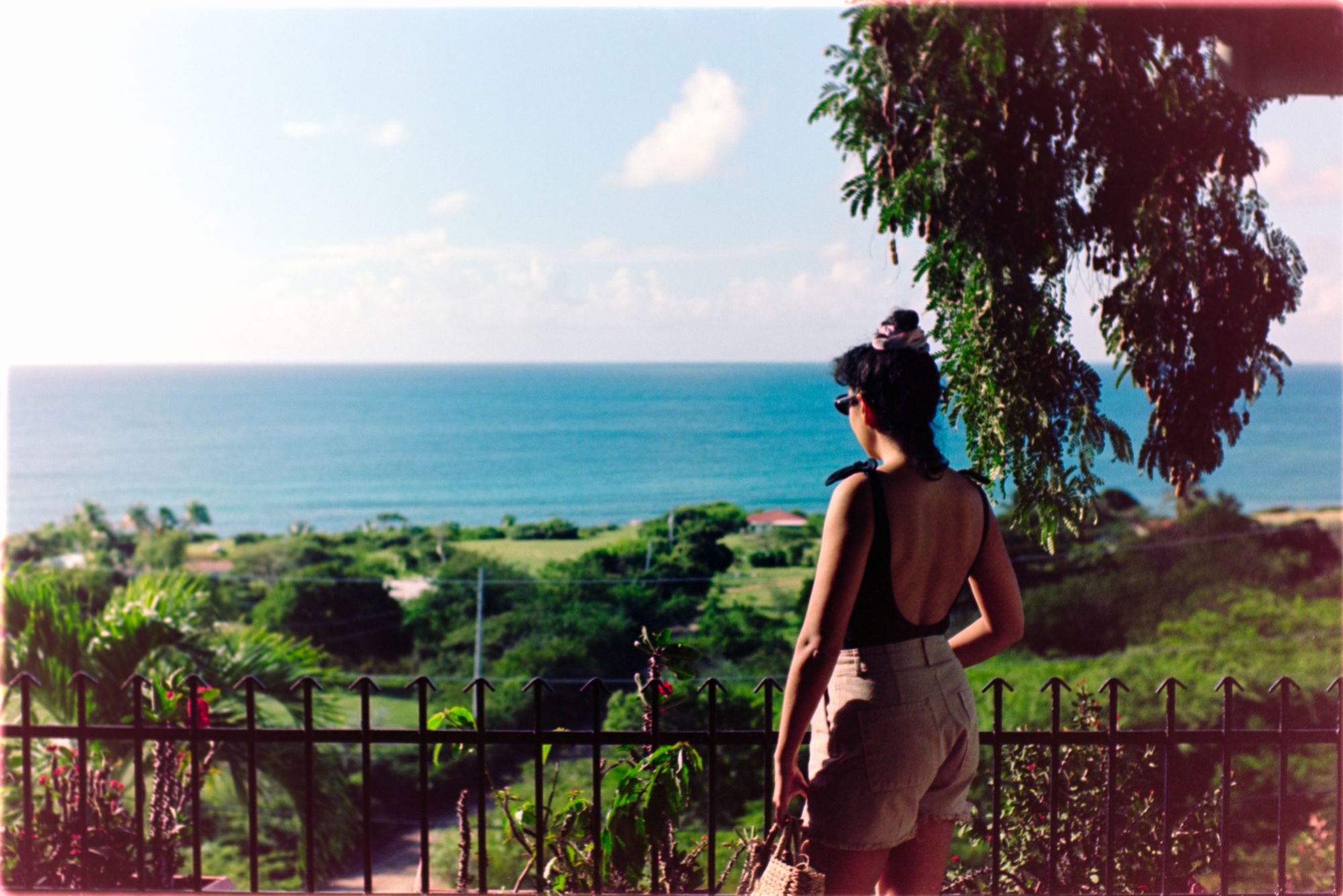
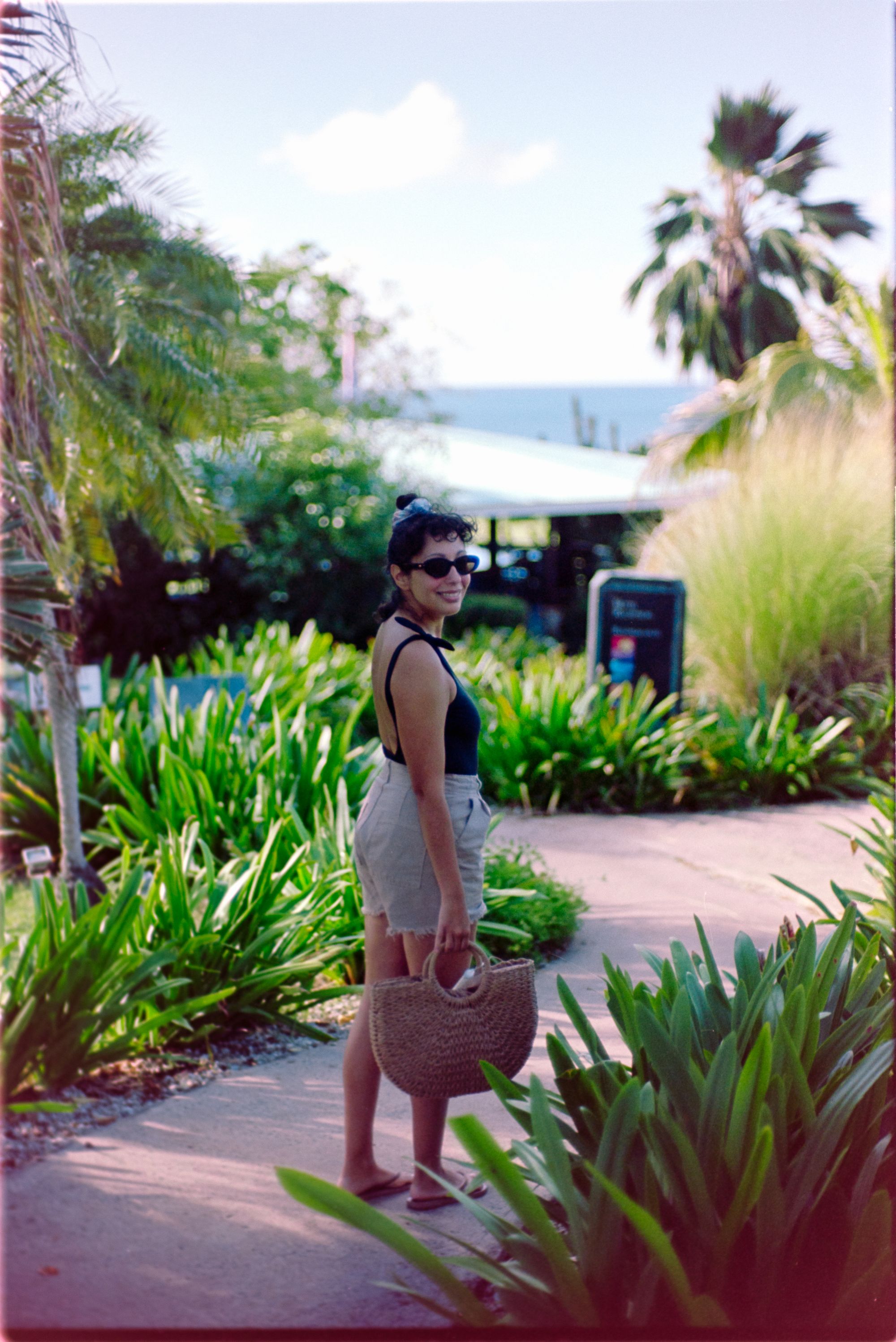
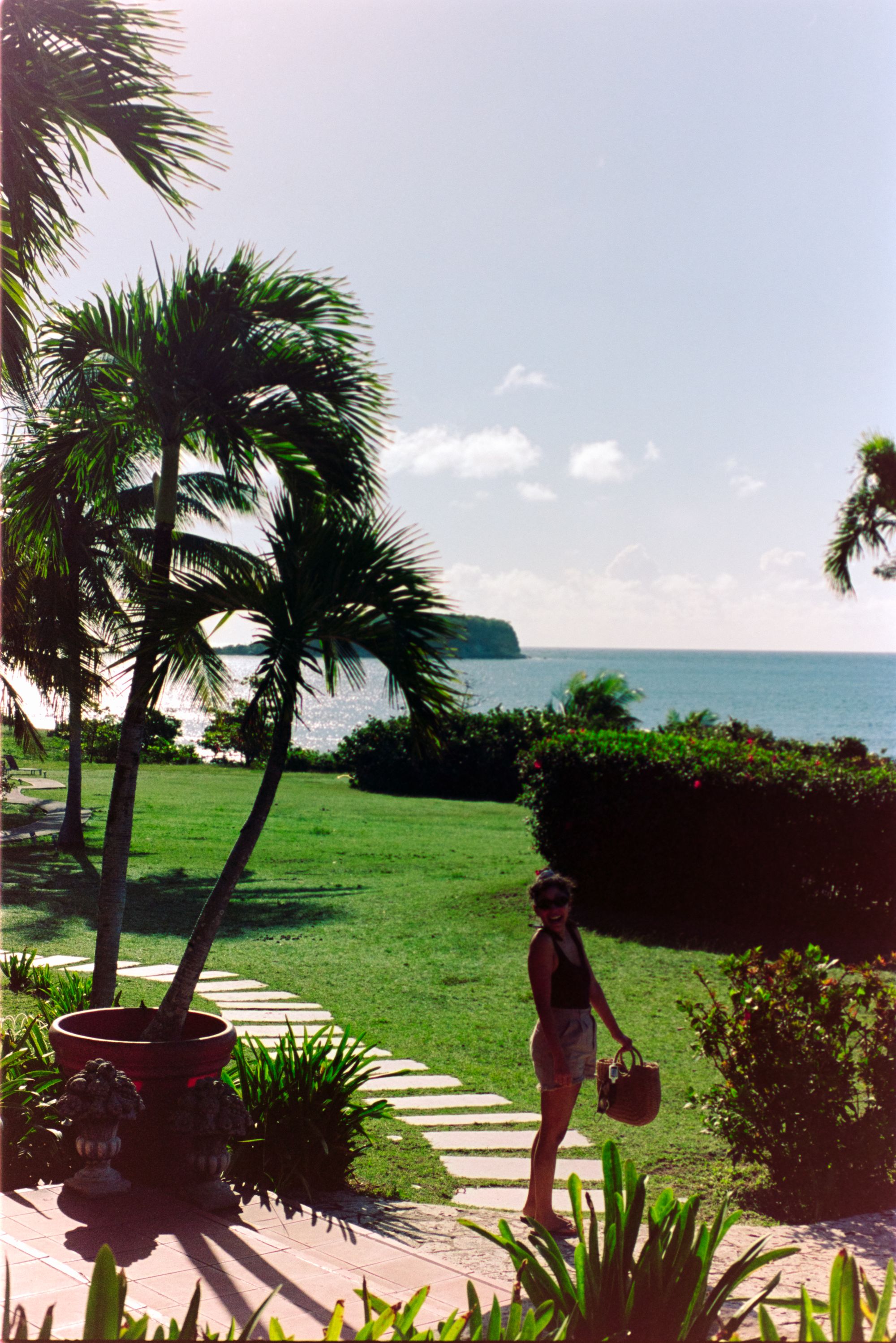
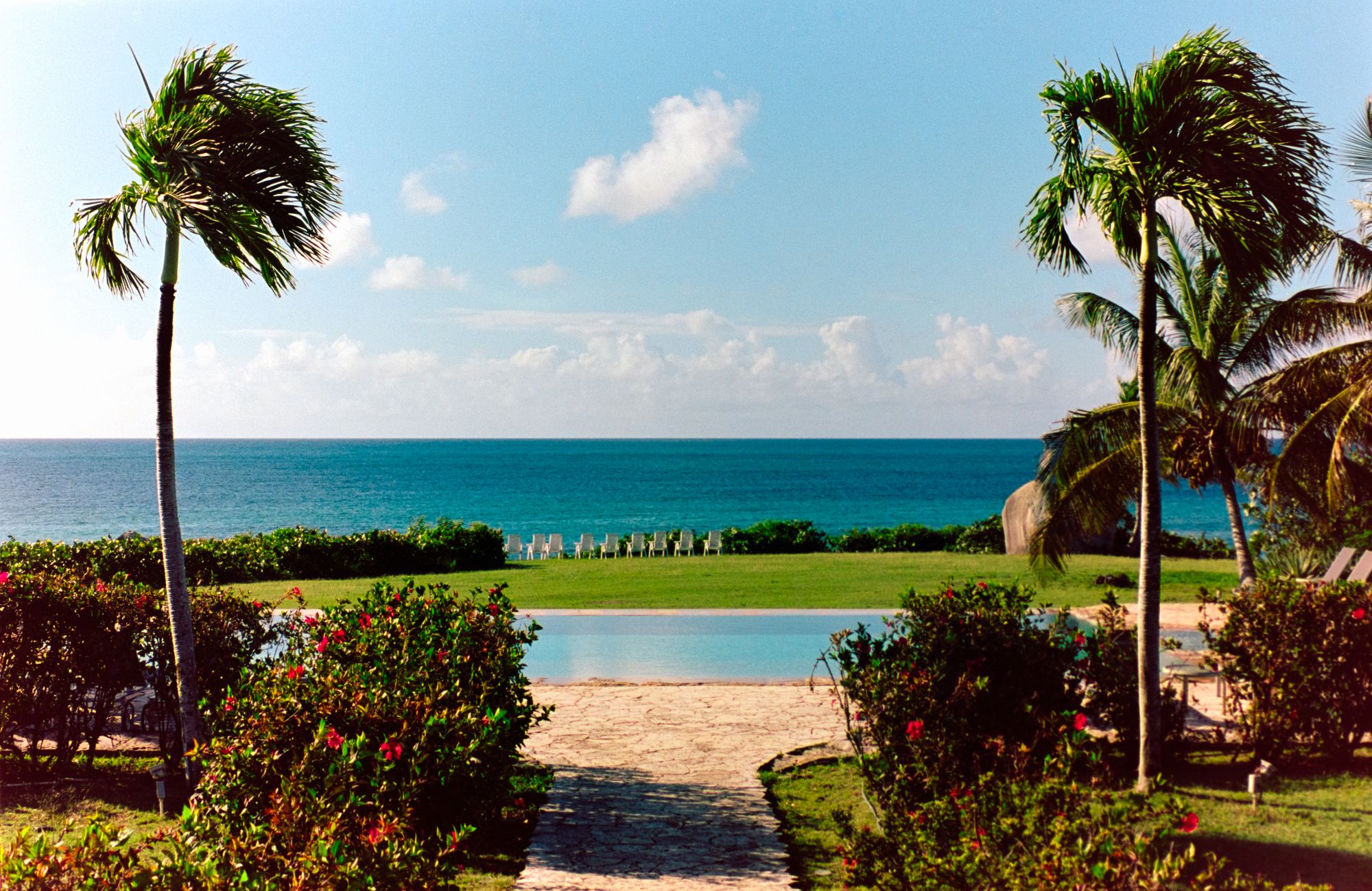
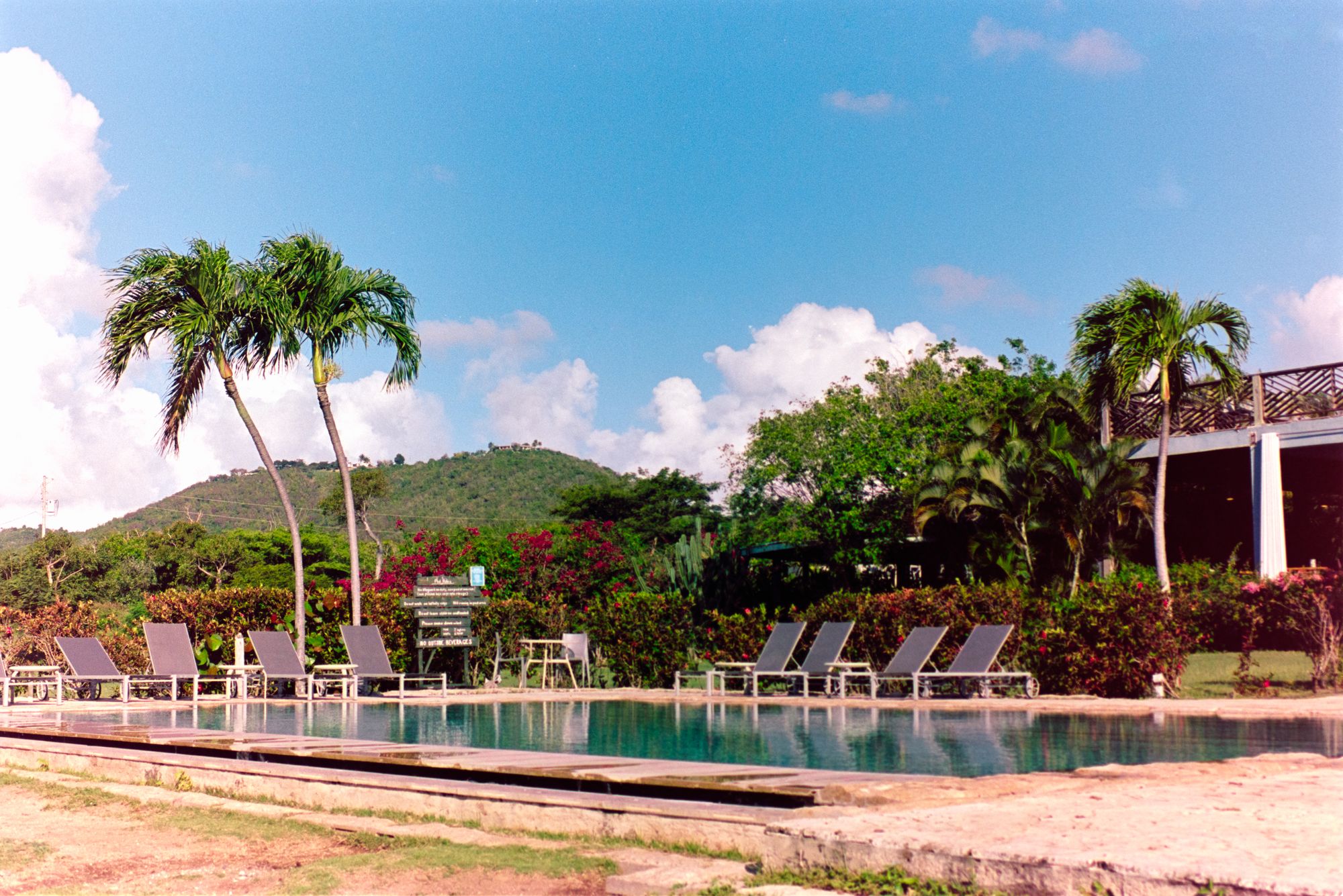
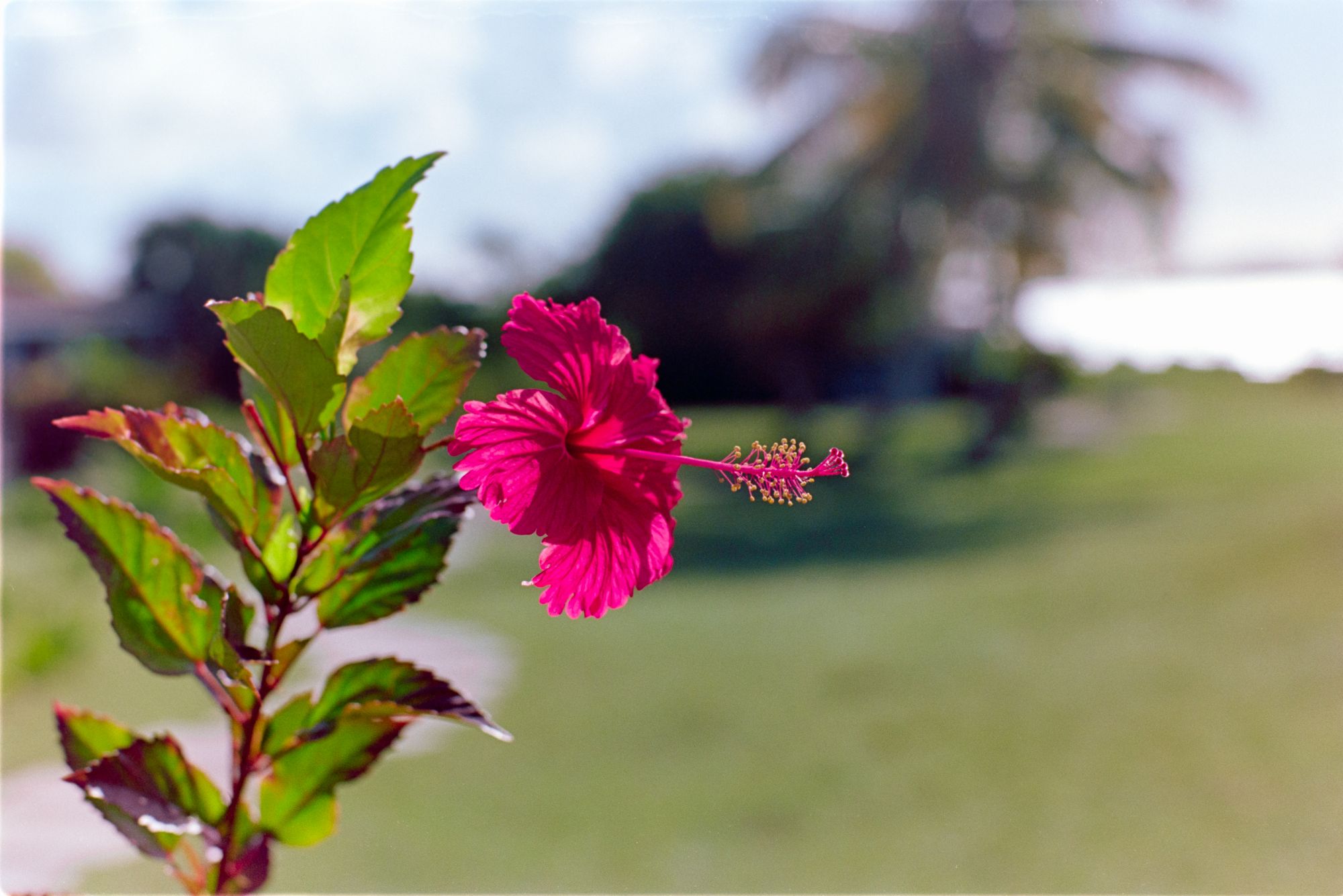
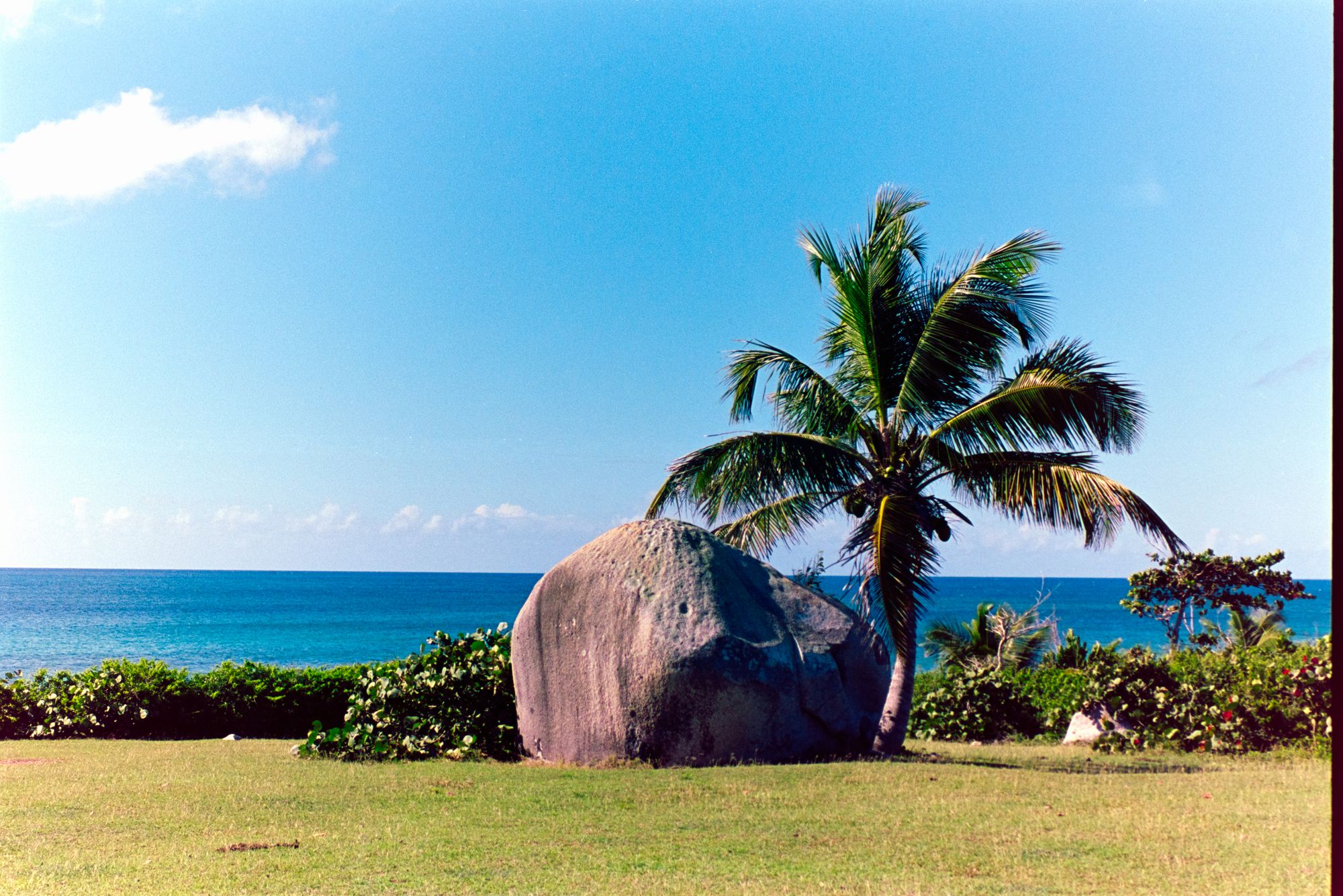
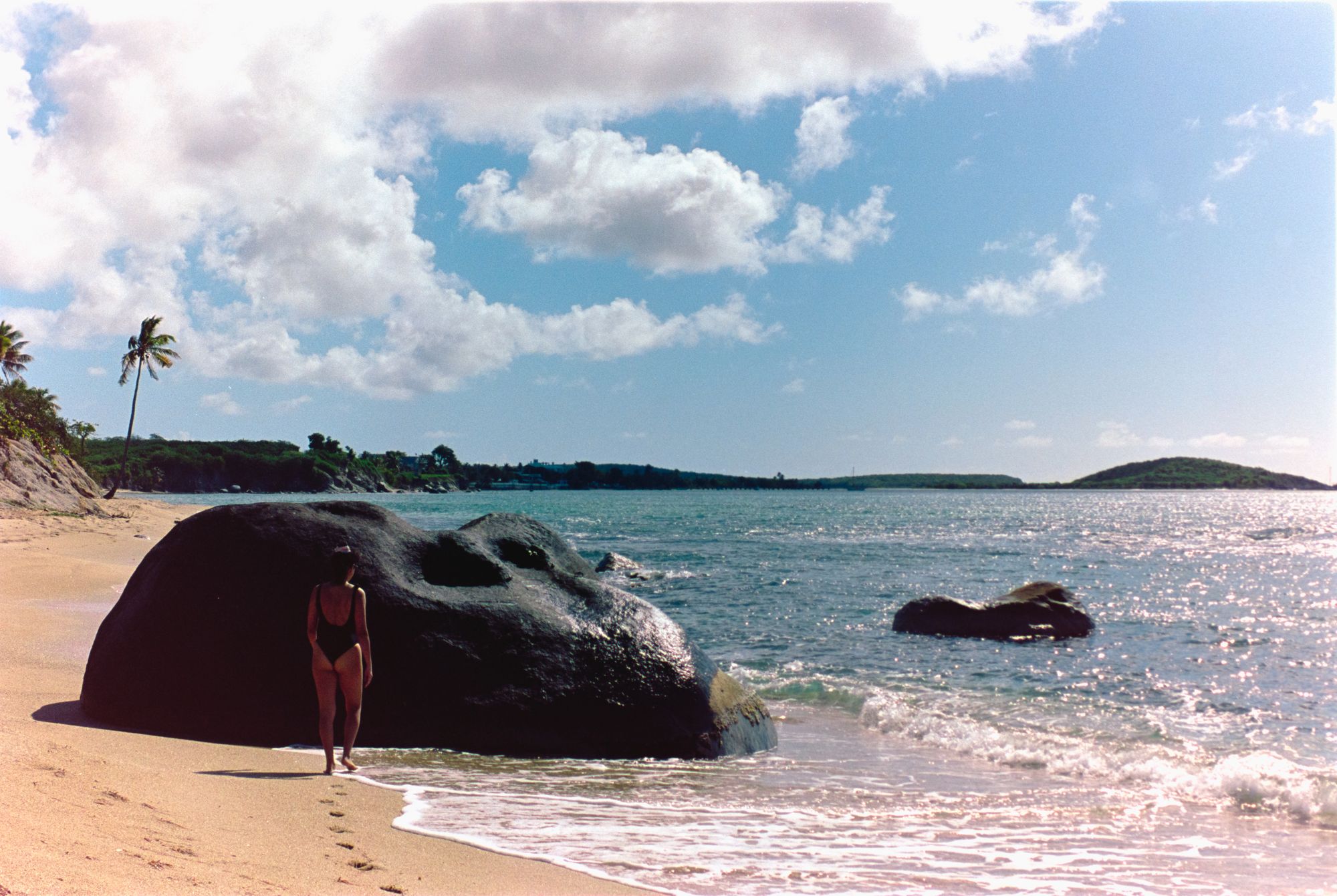
Portra 160 is described as having the finest grain out of all of the Portra family films. It is daylight balanced, has low saturation, low contrast, and pictures taken with it tend to have in warmer tones in its colors. I figured that the film would be perfect for capturing a vintage look in the Caribbean.
One thing to note when looking at the pictures posted here is that the F3 I was shooting with had old foam light seals on the back door. In cases where I didn't advance the film quickly between shots, light crept in through the back of the film door and resulted in a red cast on the edges of the frame. That is not a characteristic of the film itself - (and I've since replaced the light seals!)
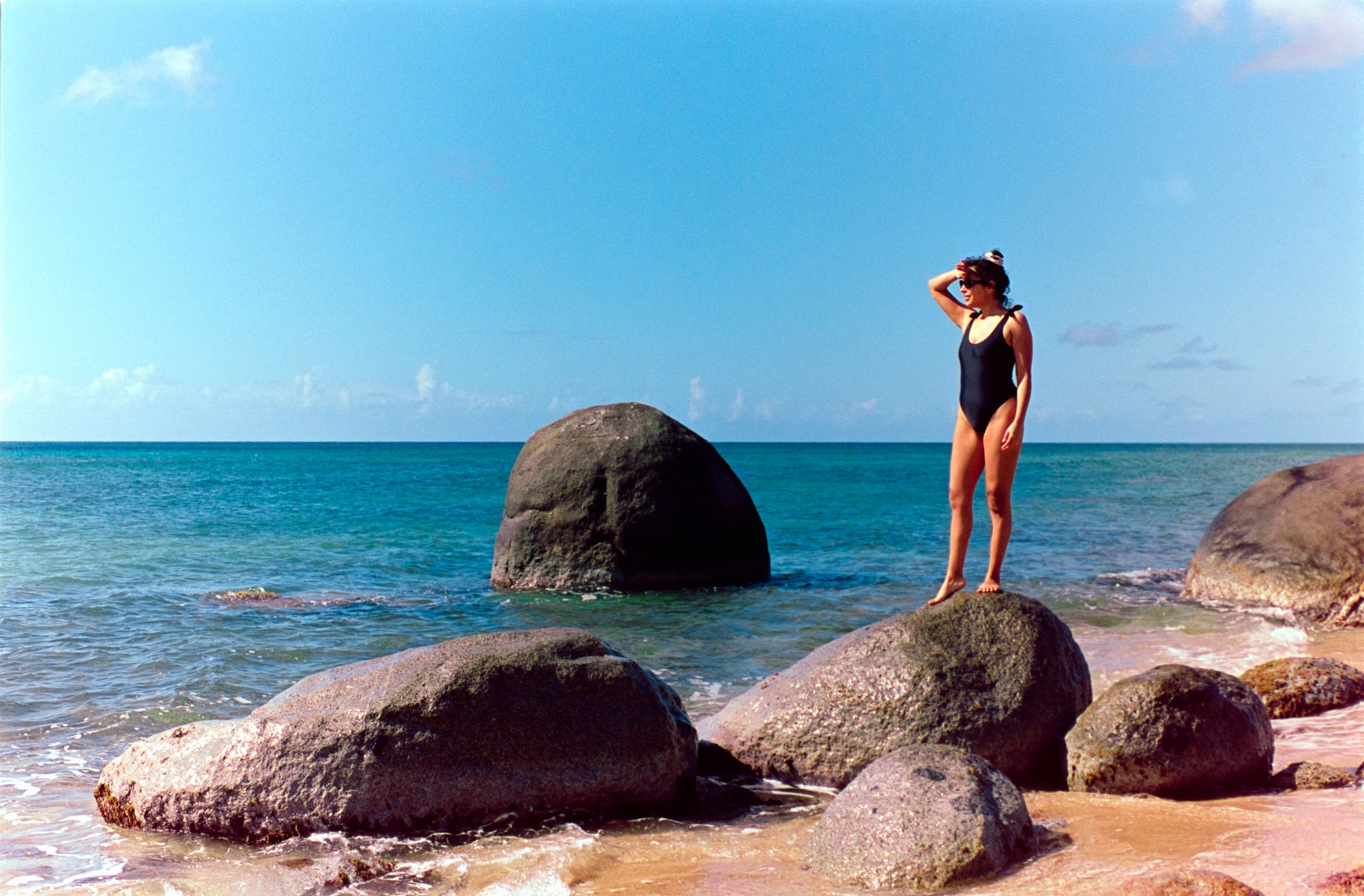
The description of Portra 160 is true to the letter. I exposed my shots as the F3 light meter calculated for 160 ISO film, and I didn't push/pull during shooting or development. The resulting pics were warmer in tone, and not quite as saturated as the Fuji 200 that I was shooting in San Juan. Nor were the pictures particularly contrasty - with nice detail in the shadows and not too much color shift in darker areas.
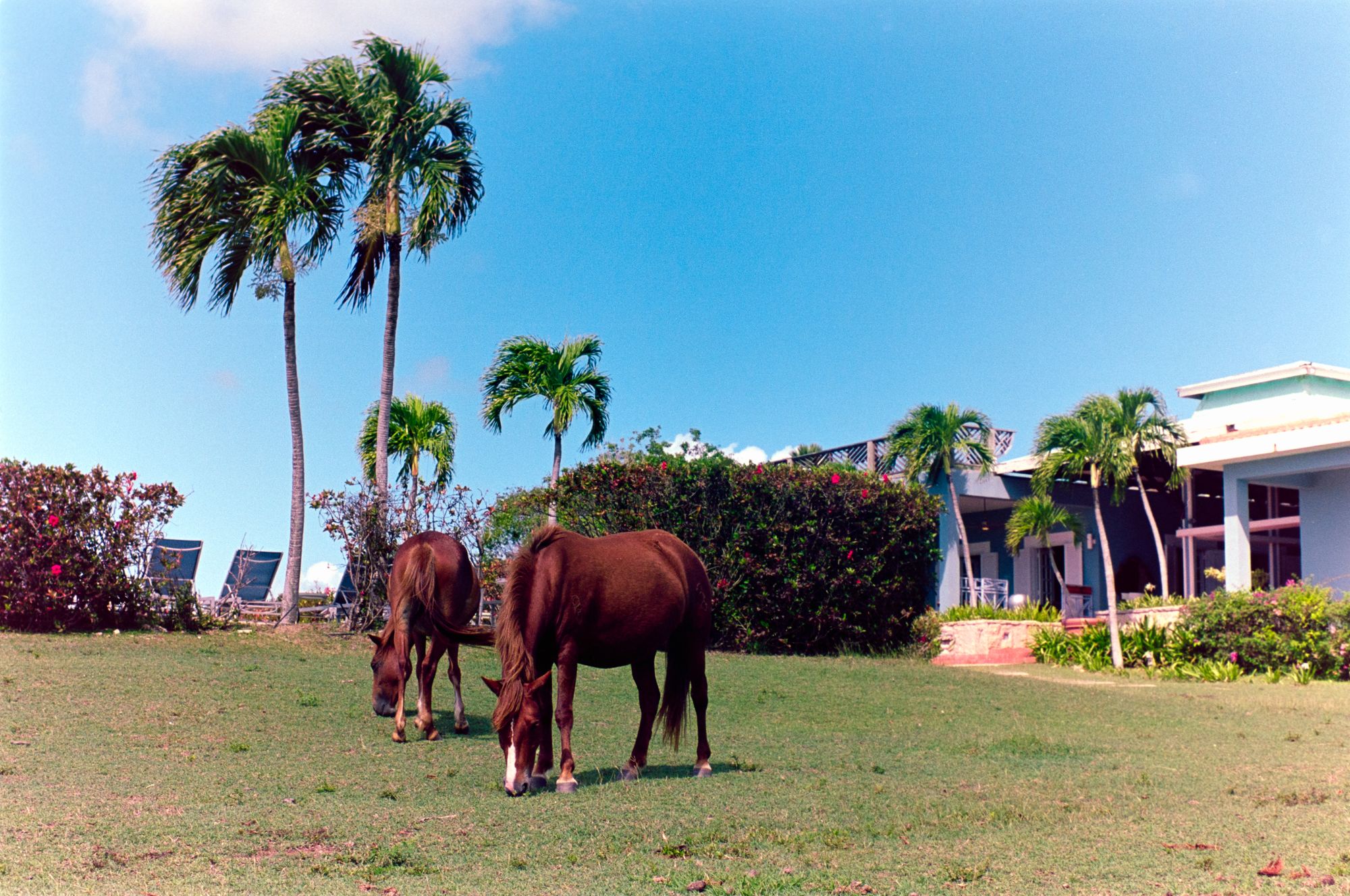
The best I can describe the film is that it reminds me of the pictures I used to see in the old 60s and 70s travel magazines that I used to see lying around for decades in Doctors' offices when I was a kid. The picture above certainly evokes those emotions from me.
It reminds me of the pictures I used to see in the old 60s and 70s travel magazines
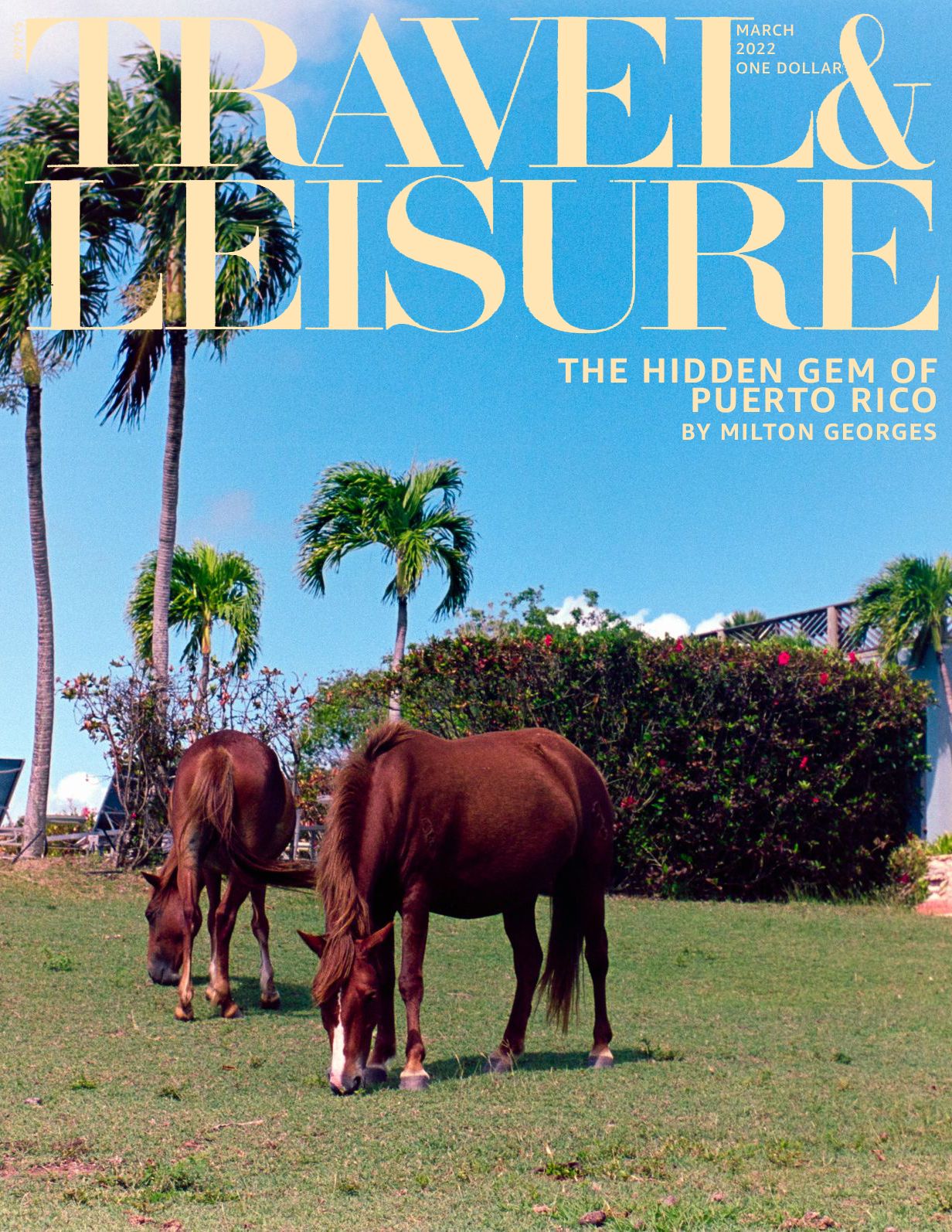
Overall, a lovely film to shoot with. I personally tend to prefer less warm and more saturated colors. My wife, however, absolutely prefers the look of low saturated, non-punchy films, so Portra 160 is right up her alley.
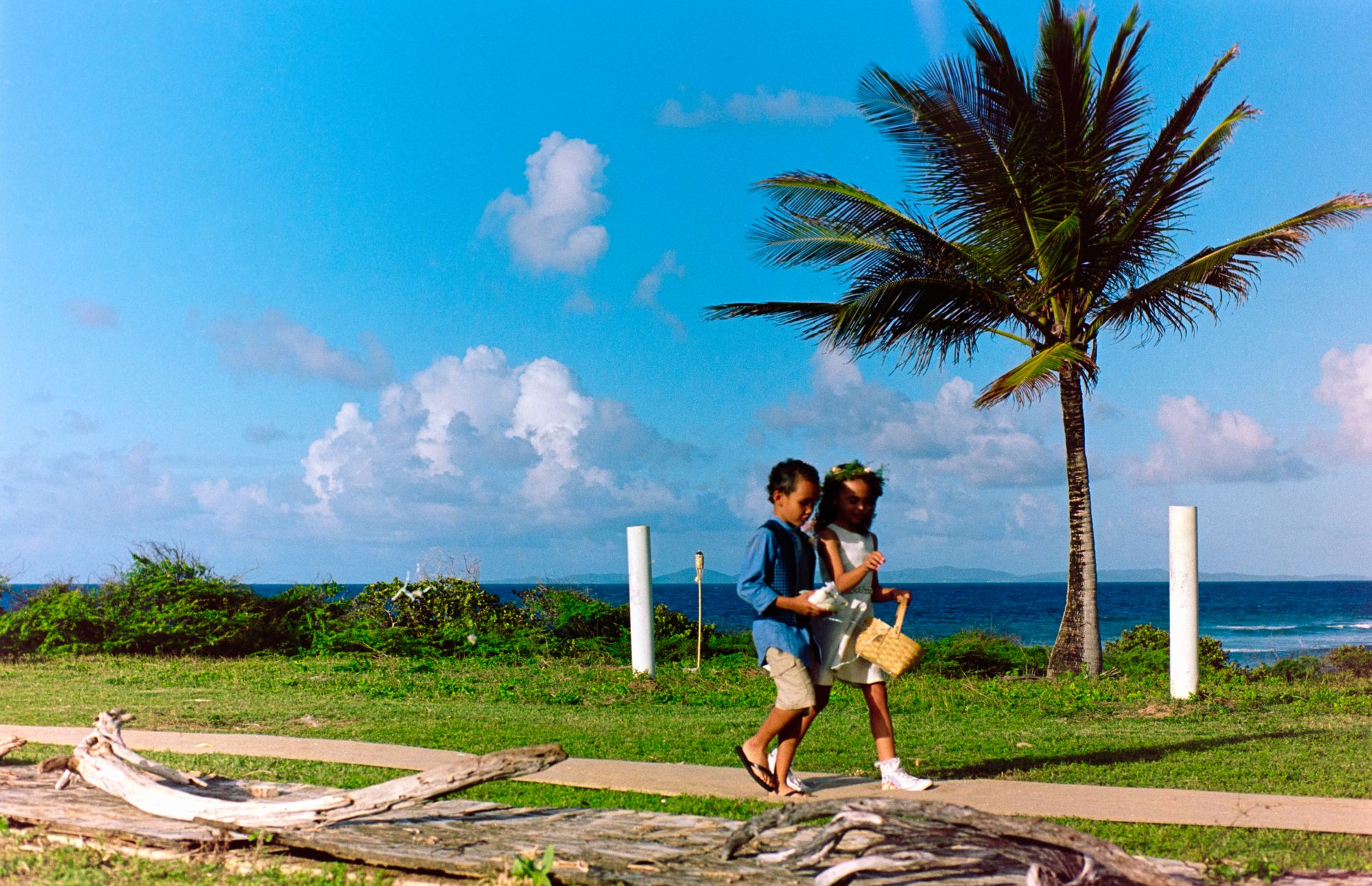
The Camencita Film Labs website has an in-depth write up of the Portra family of films, and the characteristics it exhibits when pushing and pulling, and in different lighting scenarios. I highly recommend reading through if you're curious about this film. It would seem that out of the Portra family of films, Portra 400 is the best fit for my preferences, so keep an eye out for a post using that film as well.
Cinestill 50D
Where the Kodak Portra 160 has a warmer tint to it, Cinestill has a decidedly green tint for most of the pictures that I took. I chased down a number of resources online to understand whether I had done something wrong during development, but found that this is quite common with the film, as it is balanced for ~5500K color temp. 5500K is bright daylight, which sits right in the middle of the green-blue spectrum of light. If you shoot with a DSLR and have ever fiddled with the White Balance setting on the camera, you will understand the strange results you can get when you set the camera to a White Balance that is not the proper setting of the actual light in the scene.
Cinestill had a decidedly green tint for most of the pictures that I took
AnalogWonderland.co.uk has a pretty descriptive article about this, and I recommend reading through if you're interested in Cinestill 50D. Having said that, unless you are shooting this film in bright daylight, you will get a, uh... interesting cast to the film.
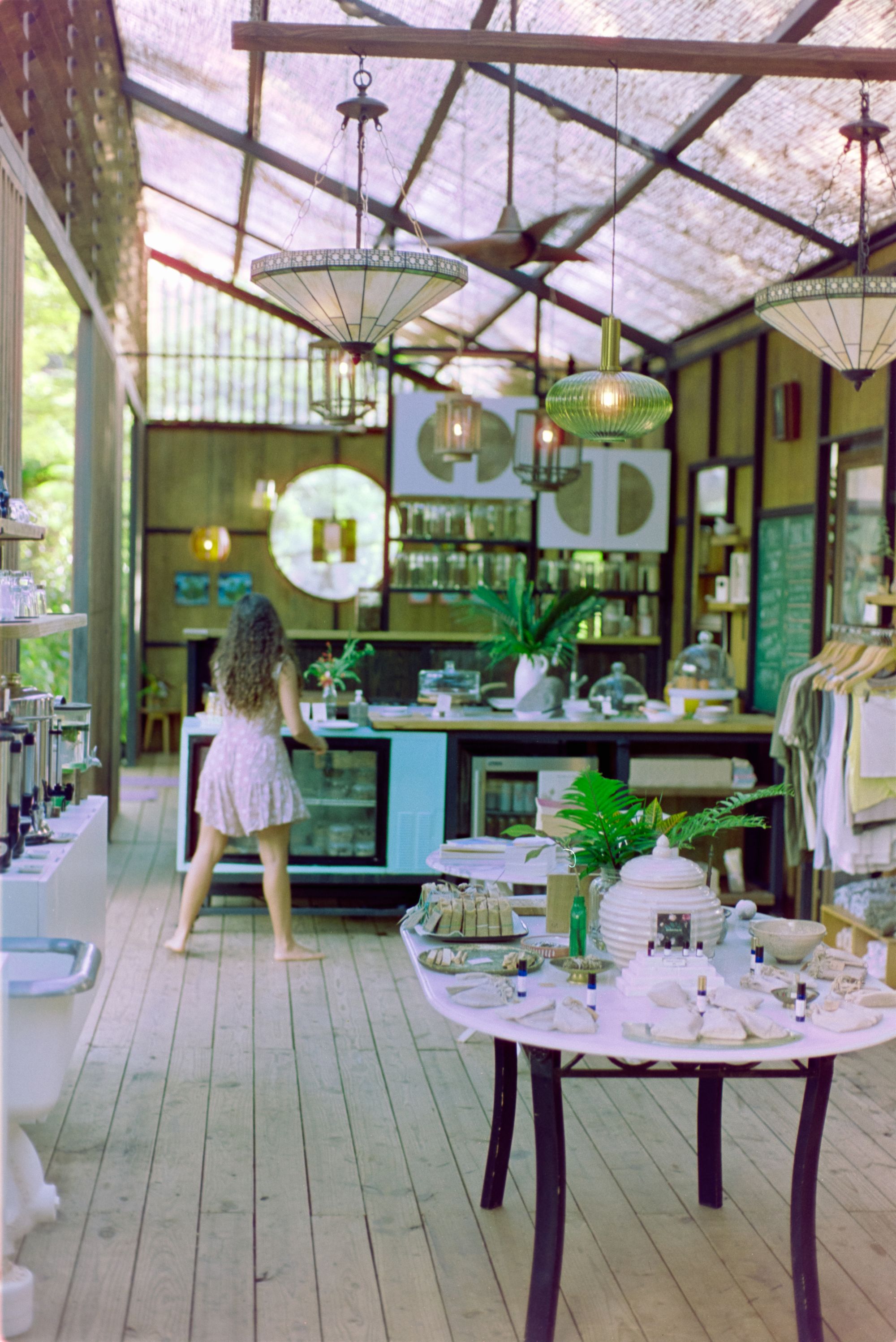
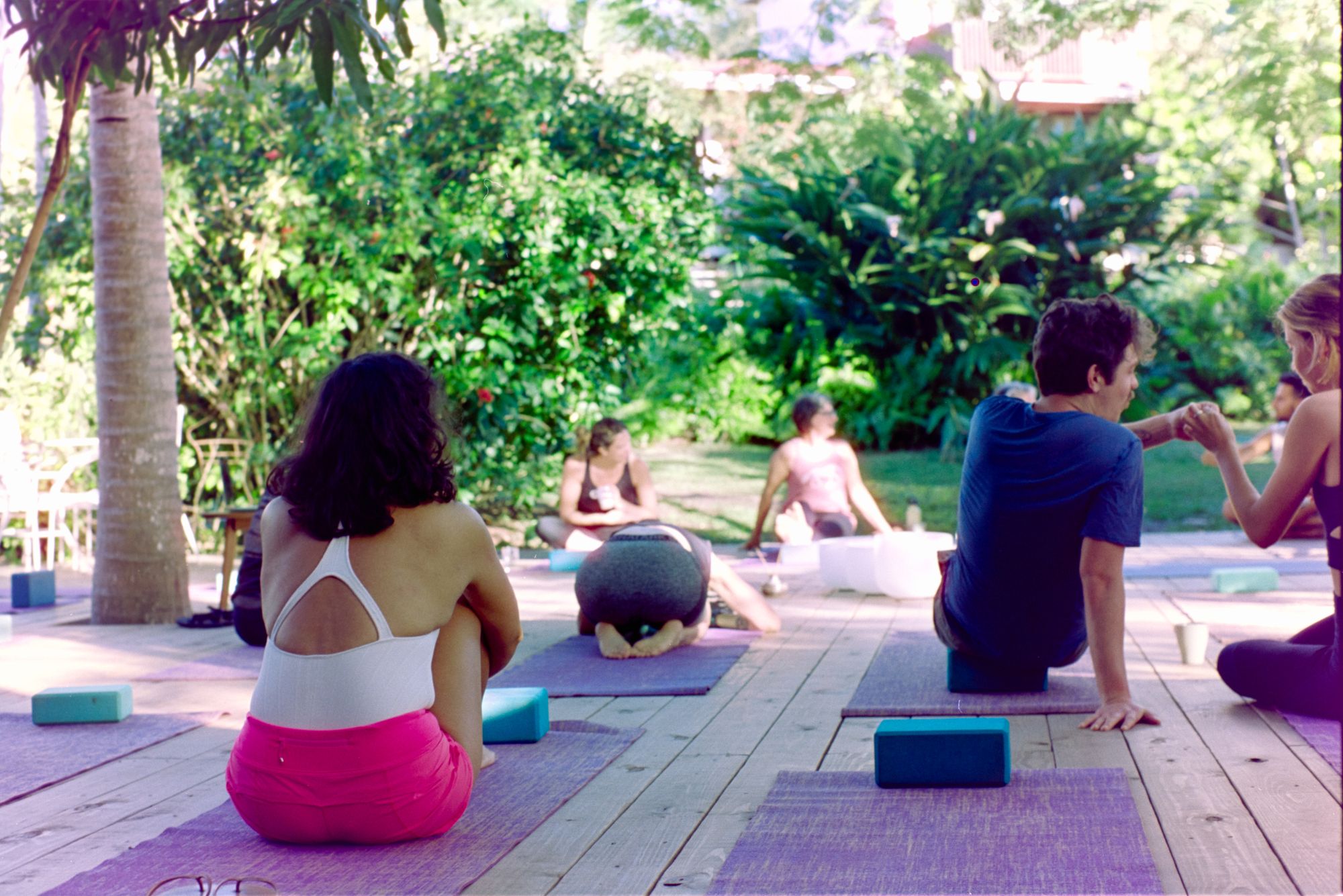
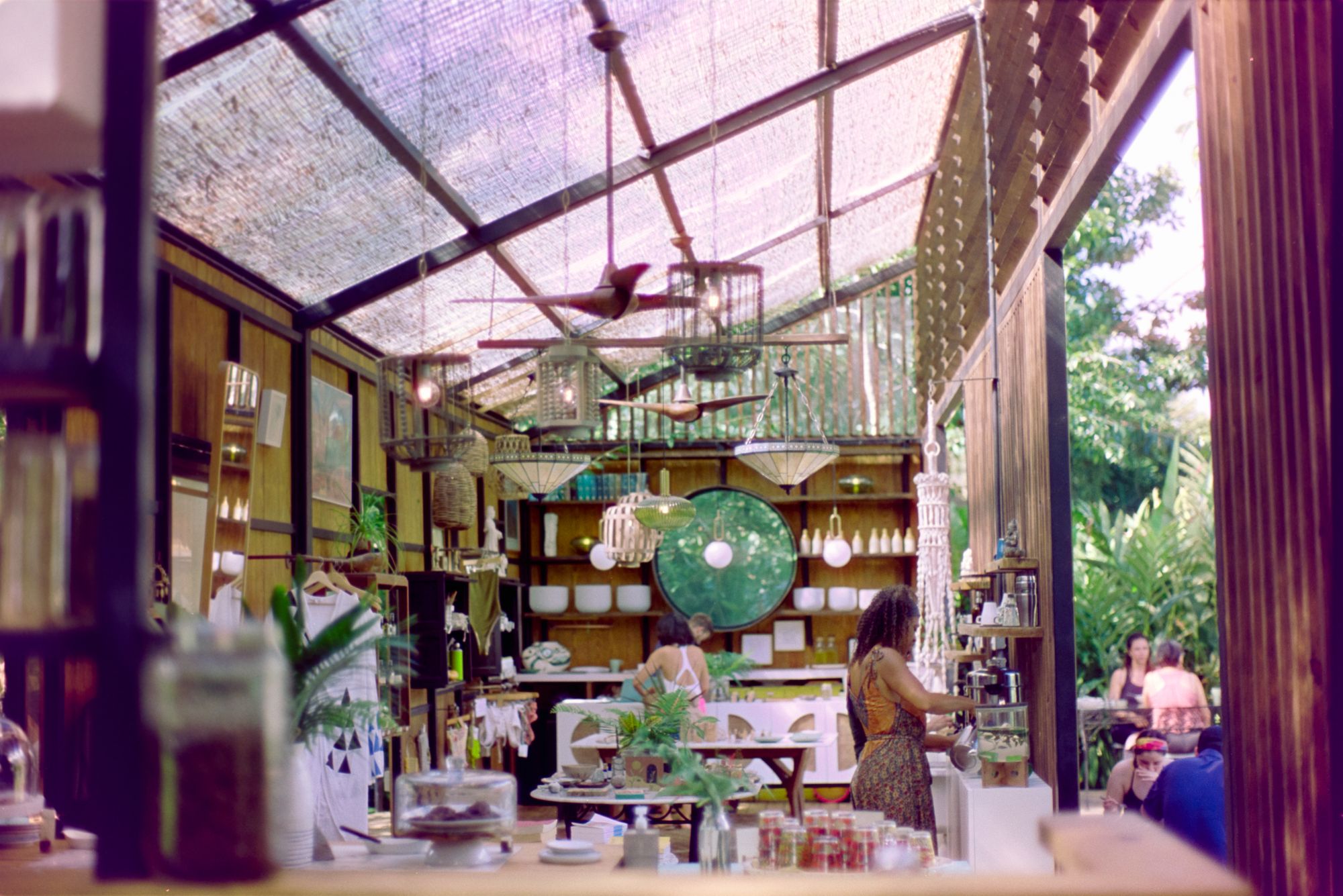
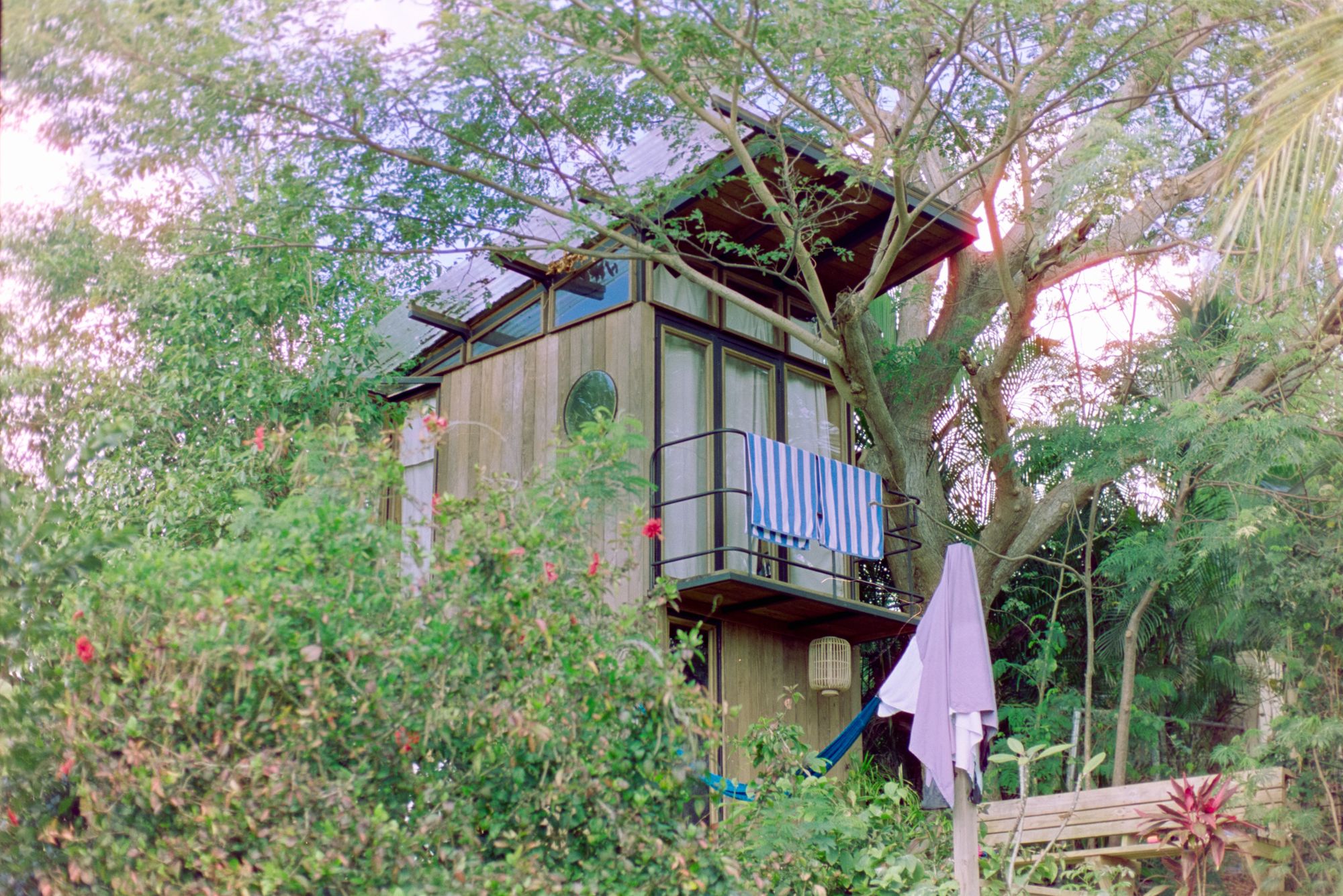
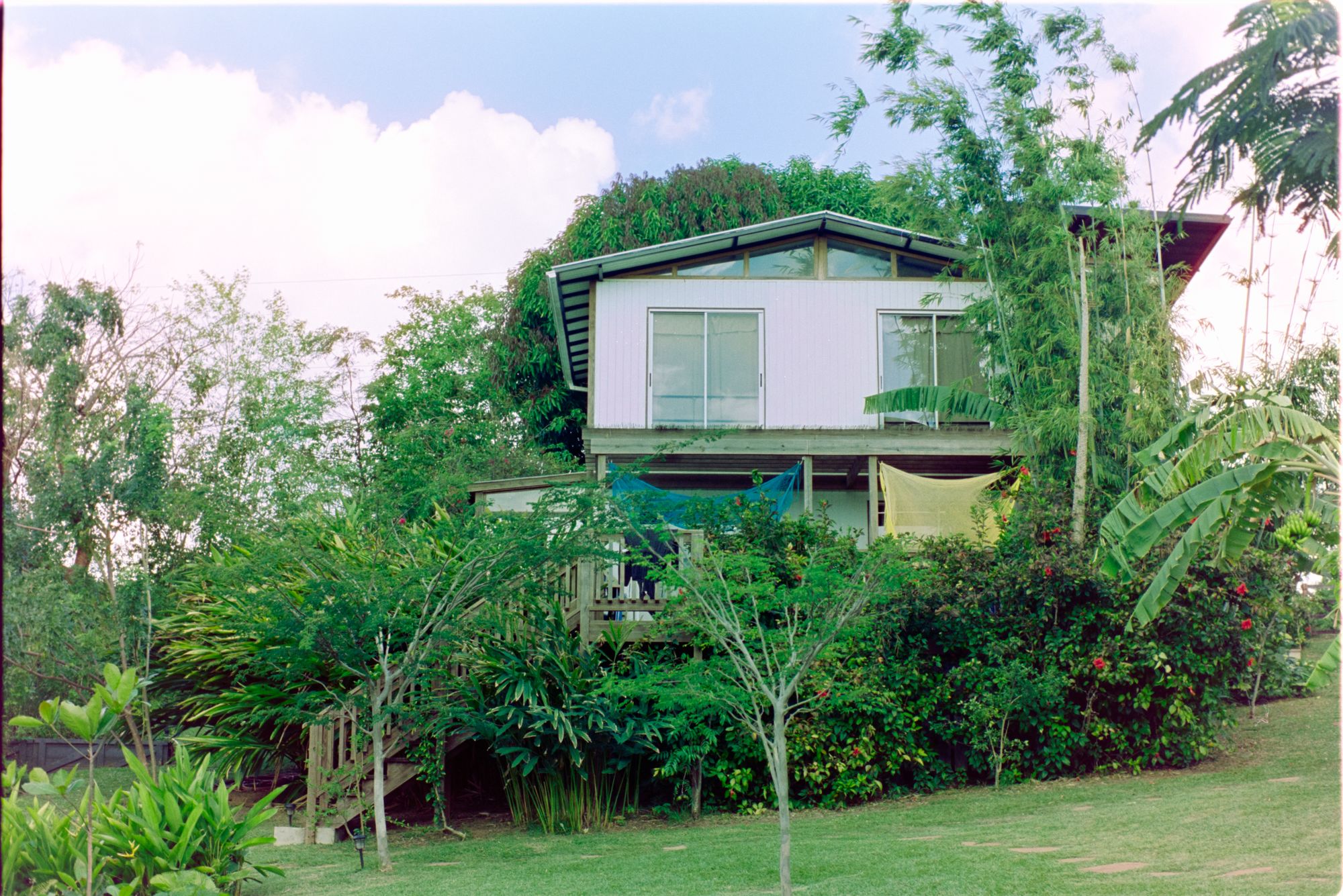
Note the pictures above are either indoors or with overcast / cloudy skies. It actually rained not too long after these pics were taken. You can see that there is a green cast to all of the photos. It was pretty tricky to remove this green cast in post with the process that I was using in Lightroom. To properly deal with this, I would have needed to take these photos individually into Photoshop and mask off that green range to get rid of this cast, which is a bit of a pain in the butt, to be honest.
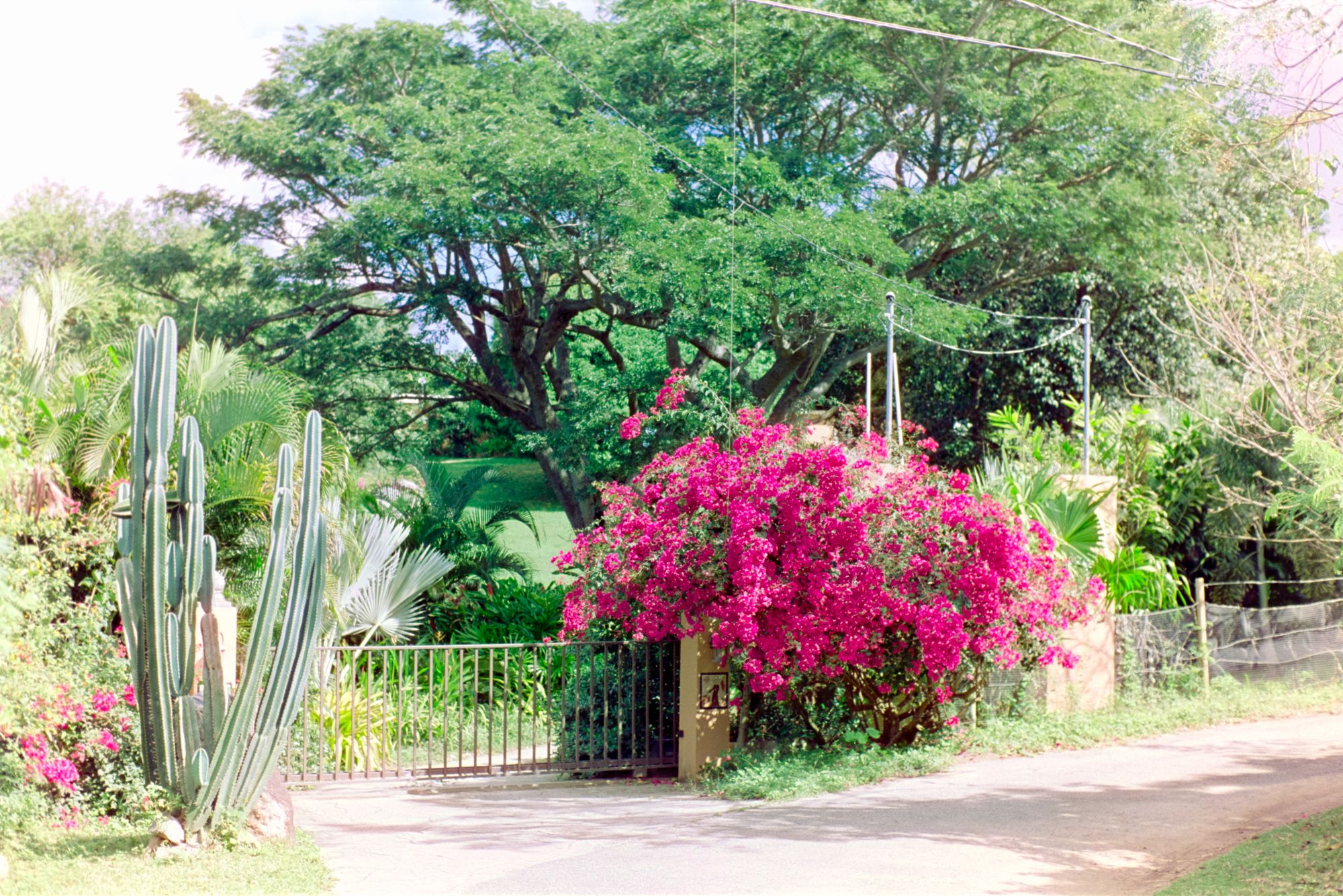
However, when things brightened up after the clouds parted, the colors looked much nicer. The picture above was from ~20 minutes after the clouds parted, and you can immediately see the difference in color. The green cast is mostly gone - except in the cloudy portion of the sky in the top left of the frame.
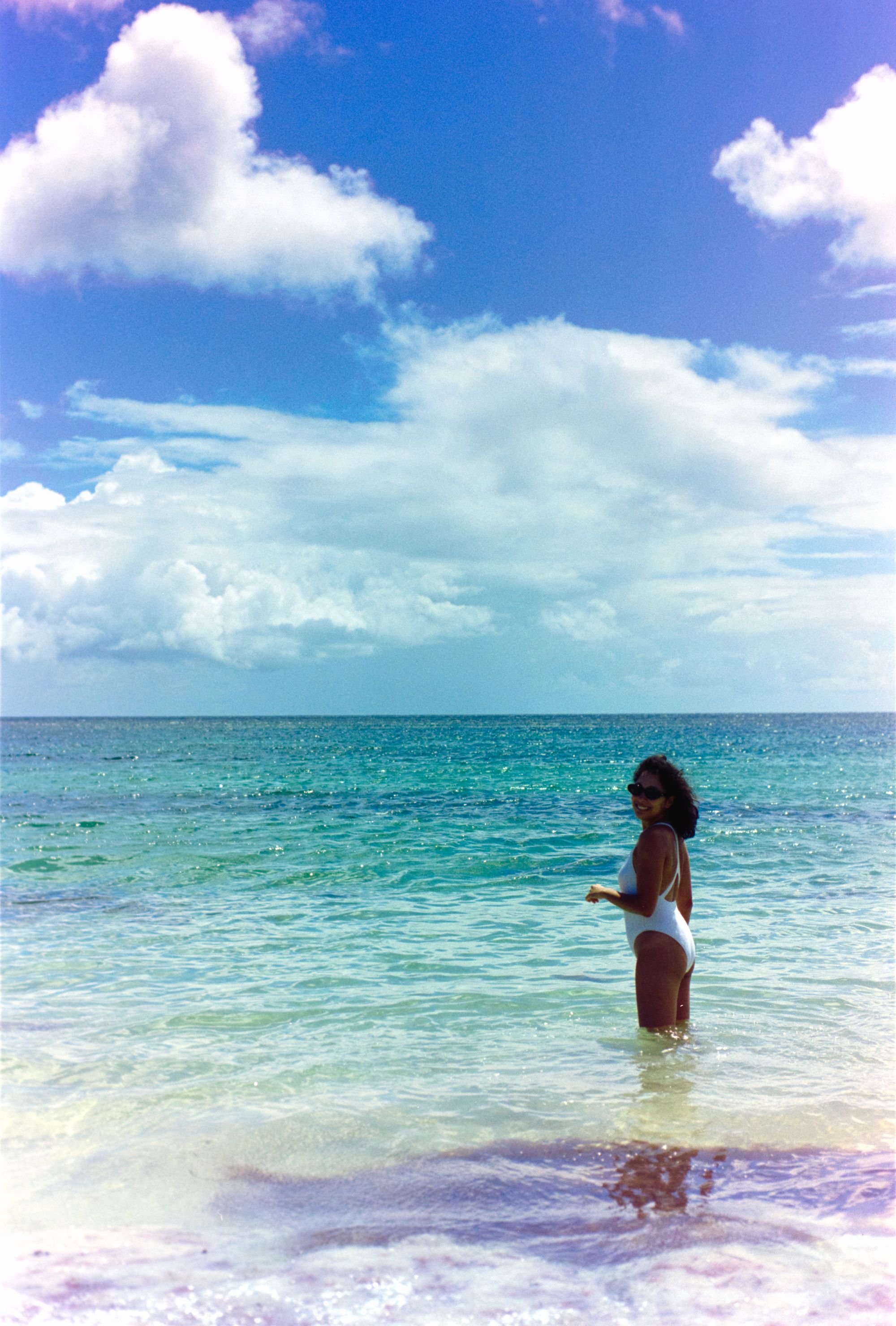
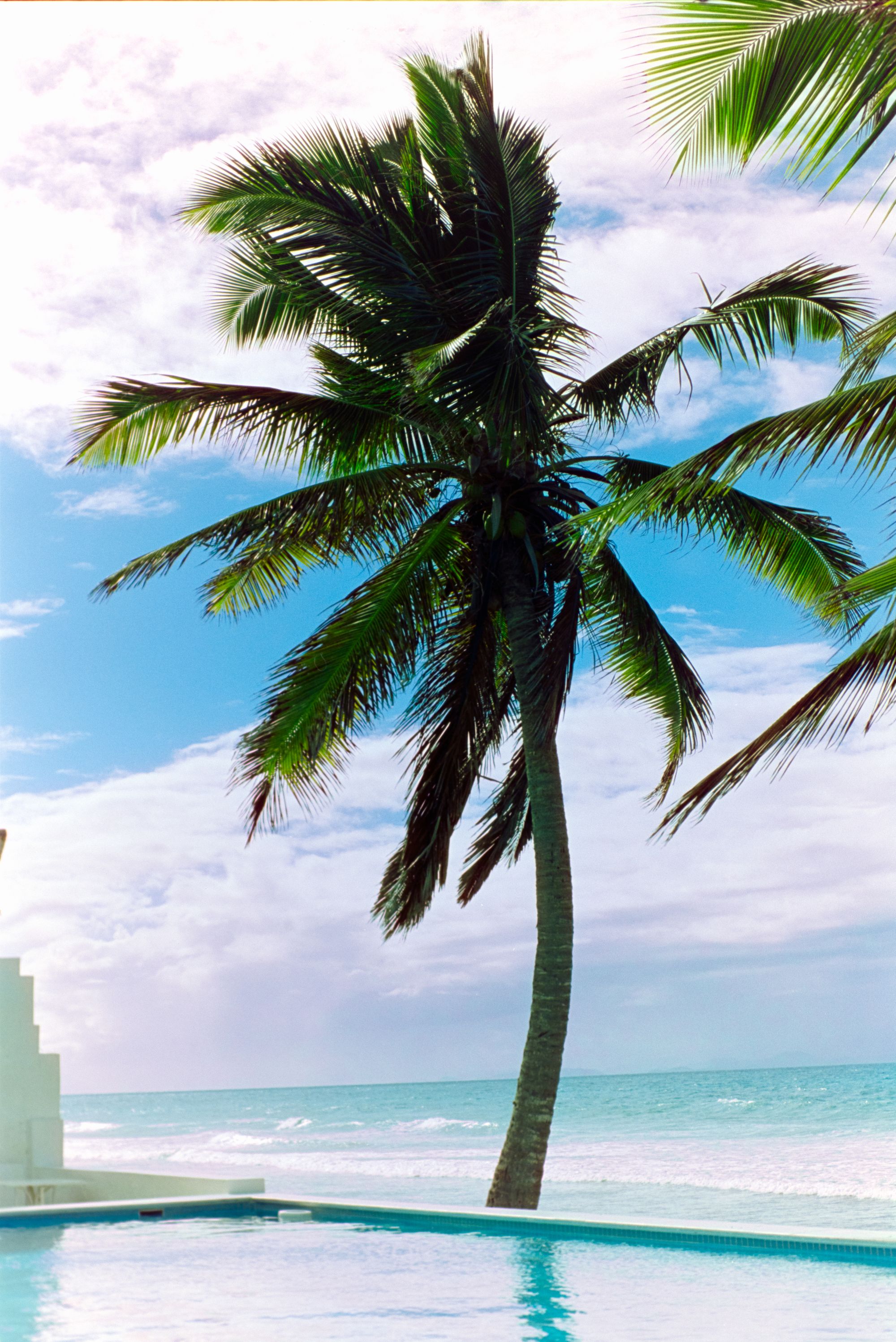
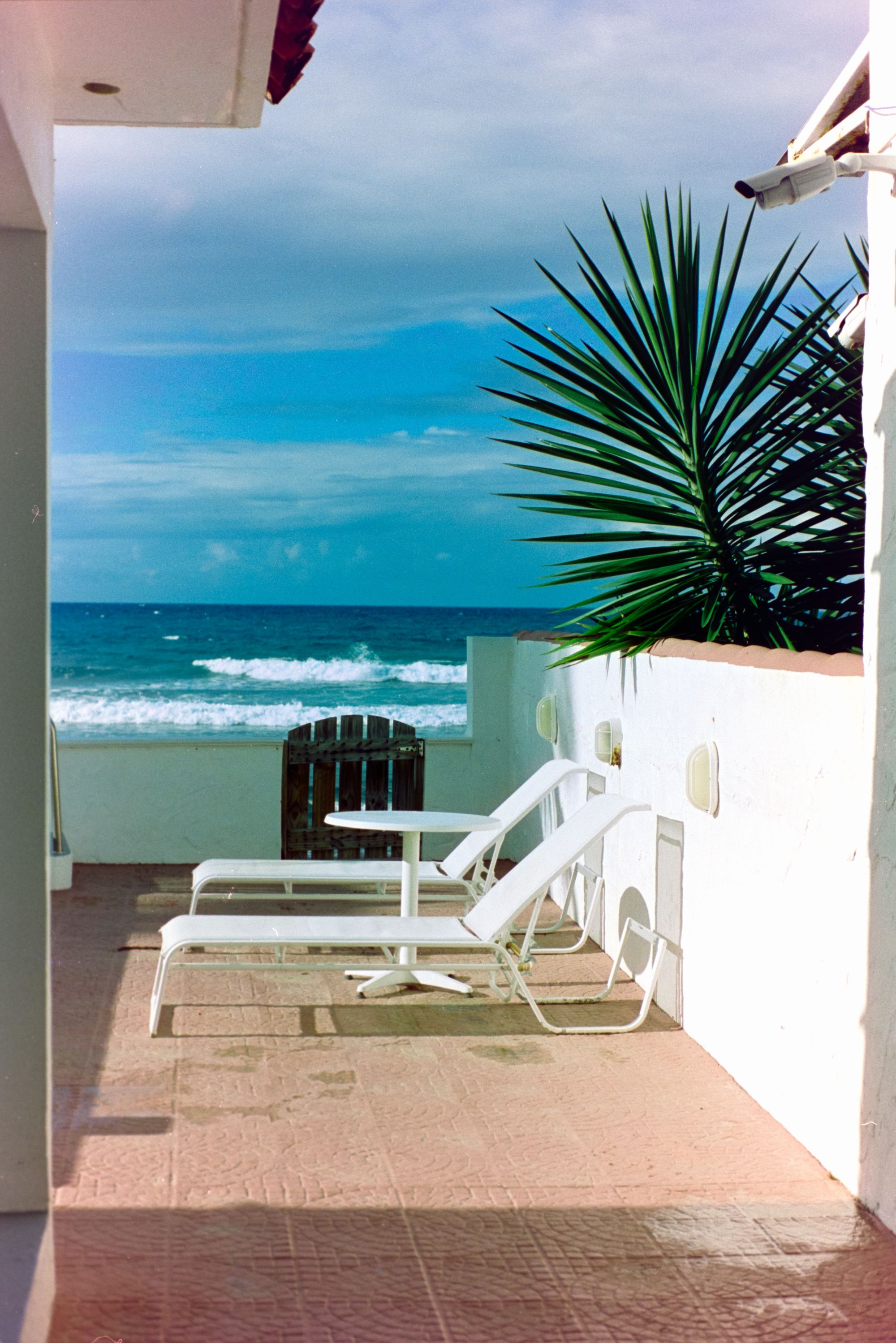
Further still, taking the film to the beach on a bright an sunny day, we are rewarded with a very pleasing rendition of the colors available. As you can see, the green cast still remains in areas of shadow in the film, but the pictures on the beach are spot on with plenty of detail. In the right conditions (bright daylight), the grain is nearly invisible, the colors are excellent, and the detail captured is tack sharp. Outside of that Goldilocks scenario of bright sunlight, however, you're going to be struggling with that green cast with this film.
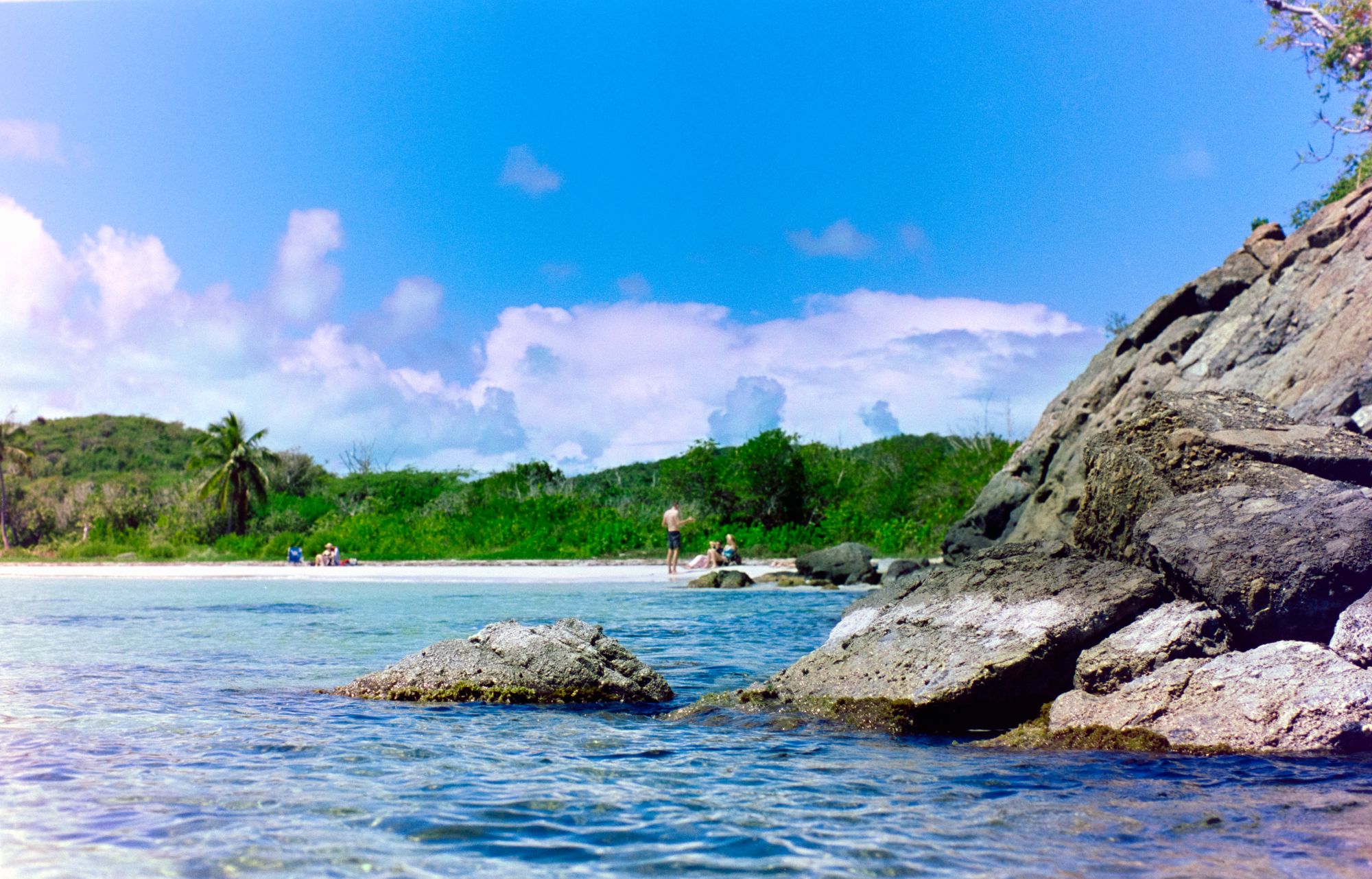
The film is clearly labeled as "50D", with the capital "D" meaning "DAY light", so I can't necessarily fault the film for not being the most flexible when it comes to conditions outside of that range. If you do shoot in the right conditions, you have a pretty great film at your disposal, though I'd personally opt for a more flexible solution moving forward. It's all a learning experience, though! Next time I decide to shoot with this film, I'll be sure to use it as inteded.
Thanks for reading through! My next post will be on Fuji 200 with the "new" F4 that I picked up off of eBay recently. I'm stoked to be shooting with this beast of a camera from 1988, so I hope to see you back here again when I post my results.
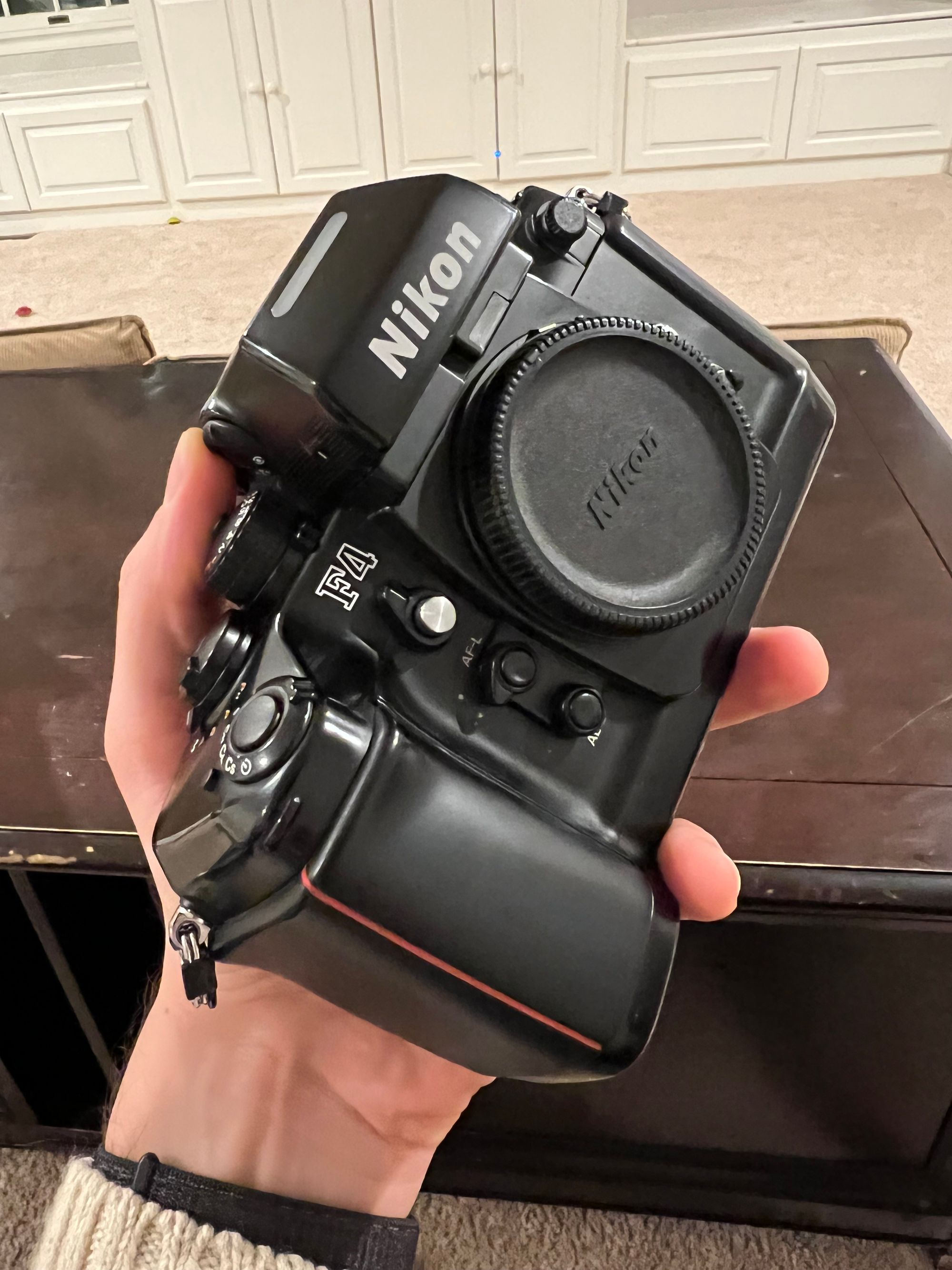
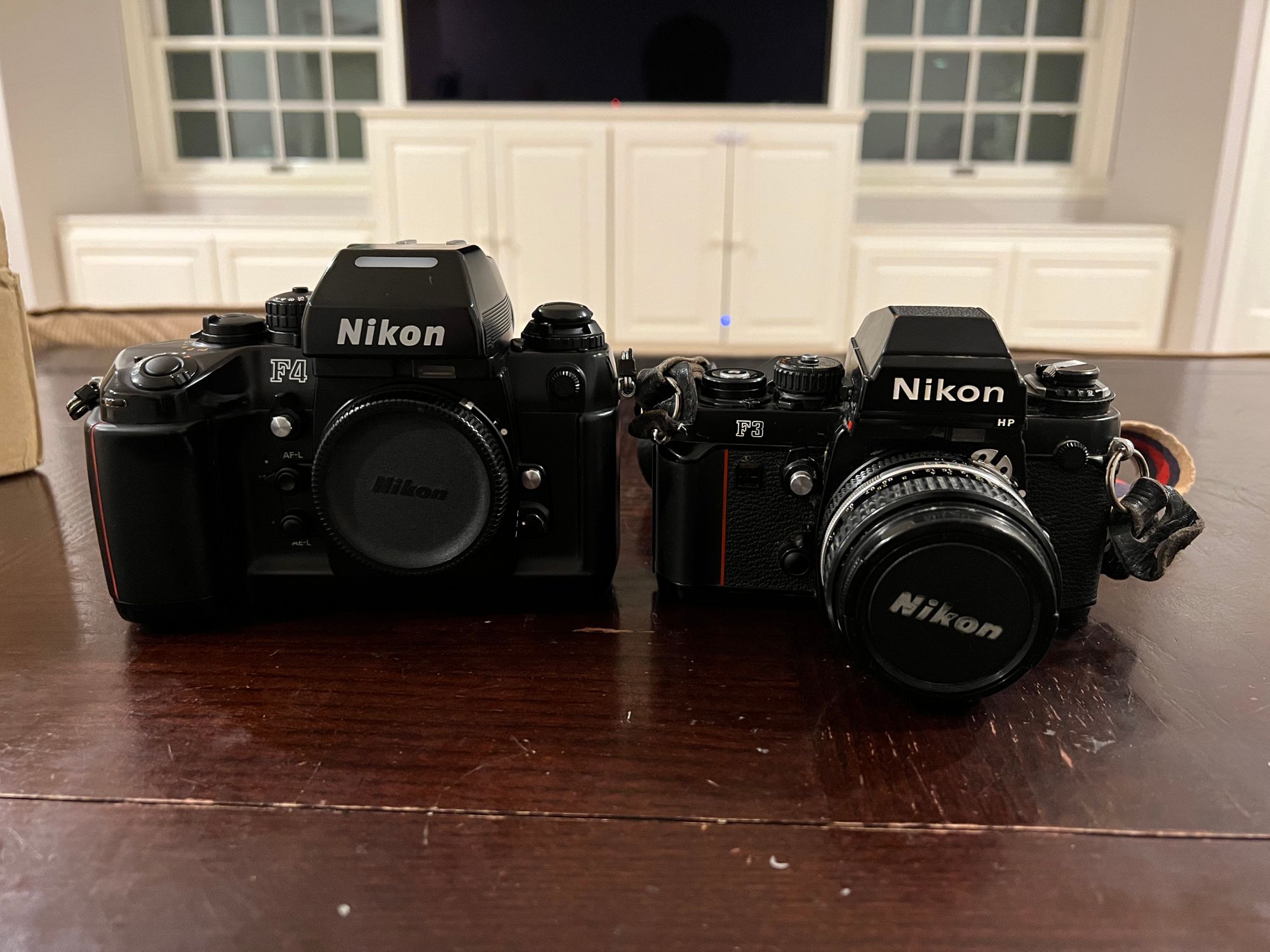
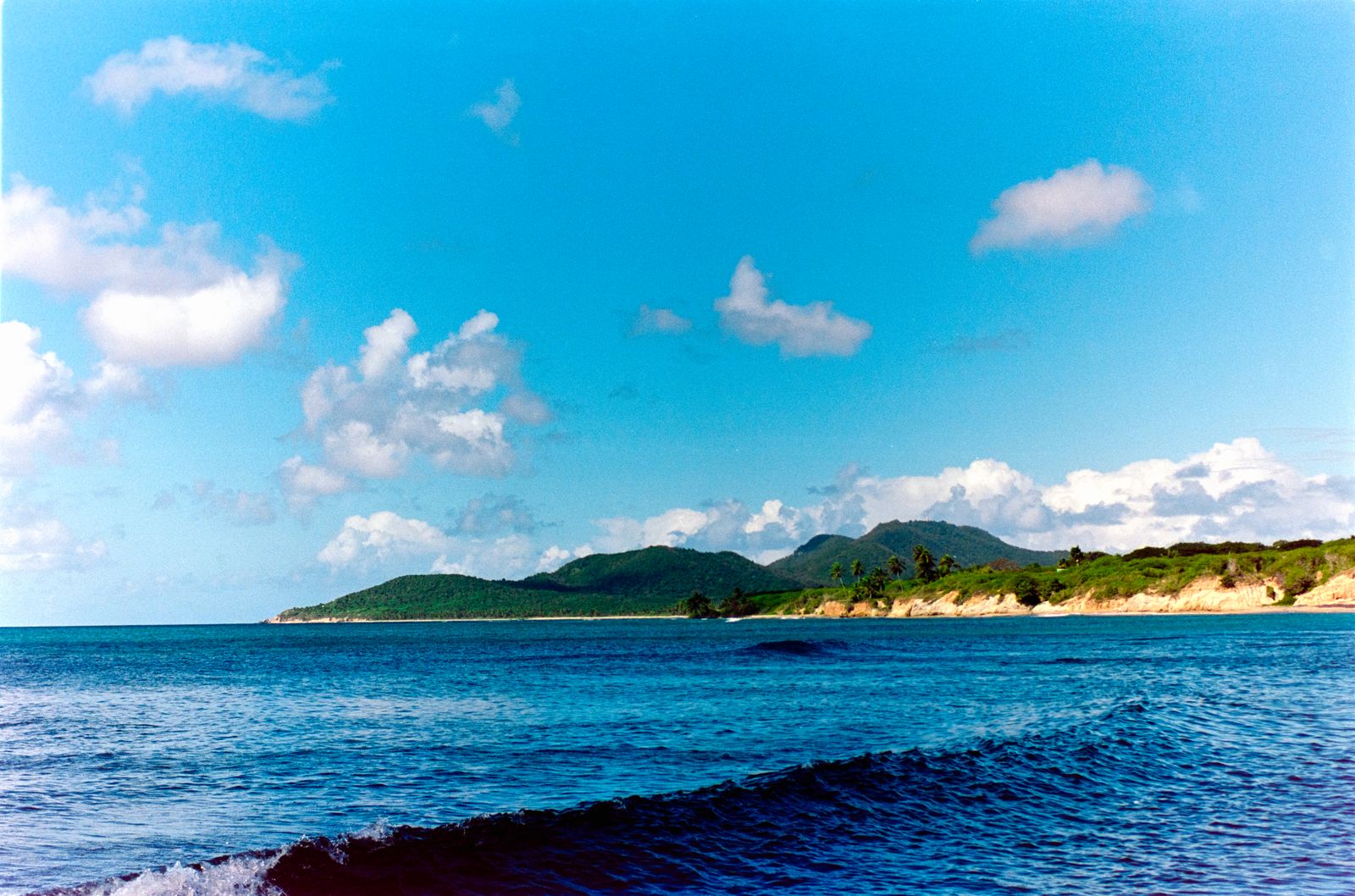
Member discussion